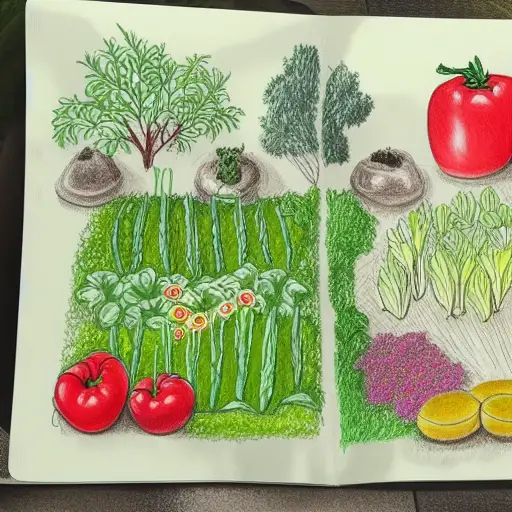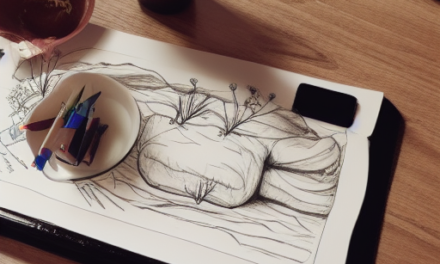There are many things to keep in mind when you are planning to start a veggie garden, from choosing which plants to grow, to ensuring that the soil gets enough sunlight each day. It’s also important to rotate the crops you grow to keep the soil healthy and prevent diseases and pests from affecting the plants. Read up on the different plants and their specific planting seasons, and use a garden guide for help. You’ll also need to provide your vegetables with adequate amounts of water and fertiliser. You can also install pop-up sprinklers, or use an automatic irrigation system.
Planting vegetables in a location that gets six hours of sunlight a day
When it comes to planting vegetables in your garden, it is important to choose a spot that gets at least six hours of sunlight each day. Planting them in a location with insufficient sunlight will result in smaller plants than those planted in sunny areas. Some vegetables require more sunlight than others, but most are still okay in a low-light setting. For example, lettuce likes a little shade, but does well in a few hours of direct sunlight a day.
A vegetable garden needs between three and six hours of direct sunlight each day, but different plants prefer different amounts of light. Simple plants require little sunlight, while complex plants require more sunlight to thrive. A good starting point is a southern location, since this area gets full sunlight in the early spring and gradually shifts to partial or dappled light as the sun sets.
You can also plant shade-loving vegetables beneath taller foliage. The best places to plant these types of vegetables are near tall shrubs that reach between three and five feet. These plants will protect the roots from harsh elements. Vegetables that need less sunlight, such as beans, should be planted in a spot with less direct sunlight.
If you live in an area that receives less than six hours of direct sunlight each day, there are two types of vegetable gardening zones: partial shade and full shade. Partial shade gets a few hours of direct sunlight per day. Partial shade gets filtered light for the rest of the day.
Choosing which vegetables to grow
Choosing which vegetables to grow when starting s veggie garden depends on the growing season in your area. Some plants grow best in late spring and summer, while others can tolerate cool weather well into the fall. If you are unsure about the growing season in your region, consult local gardeners.
Before you choose what vegetables to grow, it is helpful to consult a vegetable planting chart. This chart will tell you which vegetables will grow best in your area and what methods you should use. You will want to choose vegetables that can be grown in containers, as well as those that do well in small spaces. Some varieties may also be disease-resistant or have a different maturity date than others.
The process of choosing which vegetables to grow is fun and rewarding. While seed catalogs offer many choices, limit the amount of plants you plan to grow. You should only grow the types of vegetables you really enjoy. Ultimately, choosing the vegetables that you love to eat will make gardening fun and provide a great harvest!
Before you begin planting, make a list of your favorite vegetables. Next, you should create a garden plan. This will allow you to maximize the amount of space available to you, and will help you plan the crops you will grow. Your plan should include details about the size of your garden, the distance between rows, and the dates you want to plant your vegetables. Make sure to plan early crops for spring harvest and later plantings for fall harvest.
Picking the right size garden
Choosing the right size garden is crucial if you want to grow a healthy and productive garden. Picking a site where you have enough room to cultivate your vegetables can help ensure maximum yields and minimize maintenance costs. When starting a veggie garden, it’s important to choose a sunny area. Avoid places where the weather is harsh or where wind can be a problem. Also, don’t plant your garden in areas with heavy foot traffic or flooding. In short, pick a space that would make Goldilocks proud.
The ideal size vegetable garden is at least a dozen square feet. This will allow you to grow enough food to feed a family of four for a summer. In addition to eating fresh vegetables from your garden, you can also grow a few plants to freeze or can for later use. A garden of this size should be about ten feet long by eleven rows wide, and run north-south. The rows should be at least six feet apart, as too close together can lead to weeds, diseases, and poor growth.
In addition to the size of the garden, you should choose a planting date for your vegetables. Many vegetables are ready for harvesting at different stages, depending on the time of year. Using a gardening calendar can help you plan your planting dates.
Watering
The amount of water a veggie garden needs depends on its climate, season, and stage of development. In warm weather, vegetables tend to dry up quickly and require more water. Soil type also influences water retention. For example, sandy soils do not hold water very long, while clay soils can hold water for longer periods.
To determine how much water your plants need, you can use a rain gauge. A rain gauge should hold about one inch of water. If the gauge is less, you need to add water. It’s also important to keep in mind that the humidity level affects water evaporation. This makes it more difficult to water your vegetables during repeated days of high humidity.
It is best to water a veggie garden every week if you want it to grow well. A half-inch to one inch of water per week is adequate. You can water your garden through rainfall or irrigation. Young plants need lighter watering, while older ones need more frequent watering. Try to water your garden in the morning or when it’s cool outside. Try to direct water to the root zones of the plants. You can also add mulch between the rows.
To determine the best watering schedule for your vegetables, start by measuring rainfall and comparing it to the amount of water you pour into your garden. A general guideline is one inch of water per week for most vegetables, but this amount varies depending on your location. If you live in an arid region, you may need double that amount. In addition, vegetables need more water during hot weather than they do in cool weather. When the temperature is over sixty degrees, you’ll need to provide an additional half-inch of water every week.
Harvesting
Harvesting from a veggie garden is an important part of gardening, but it requires a bit of preparation. First, you will need a few tools and supplies. This includes gardening gloves and shovels of various sizes, a comfy mat, and containers for harvested produce and a wheelbarrow for plant debris. When harvesting vegetables, it is important to harvest them before they become overripe, as this will lead to the loss of valuable nutrients and the development of pests and diseases.
The best time to harvest your vegetables varies, depending on the variety and growing conditions. Check the seed packets for maturity dates. If possible, go to the garden every day to harvest your veggies. Picking the ripe vegetables encourages the plant to produce more. You can also pick fruits as they become ripe and encourage the plant to continue producing.
If you plan to plant more than one variety of vegetables, consider staggered planting. This way, you can ensure a continuous and large harvest. However, it is important to remember that there are other factors that may affect the harvesting date of your vegetables, such as rainfall and early frost.
Most vegetables are best harvested when they are young. This is because they are more flavorful when they are small. Cucurbits, such as zucchini, lose flavor and texture when they get too big. If you’re harvesting vegetables, make sure to handle them carefully to avoid damaging them. If you find them bruised or diseased, remove them as quickly as possible. Remember to wash your hands thoroughly after handling them.











